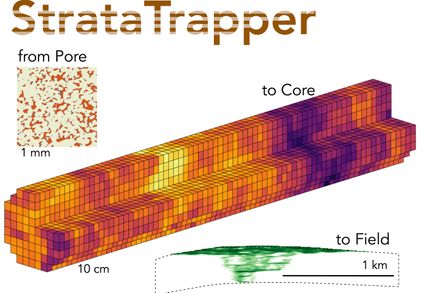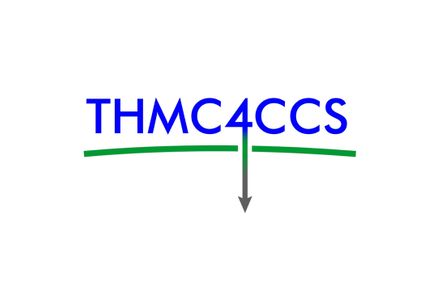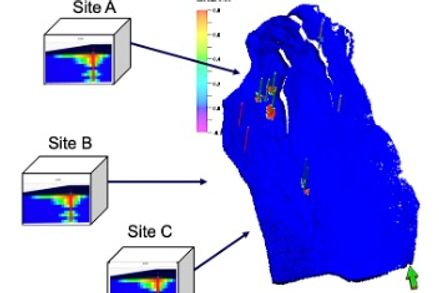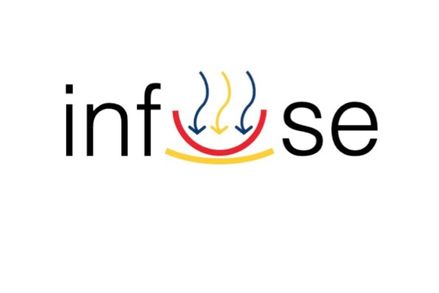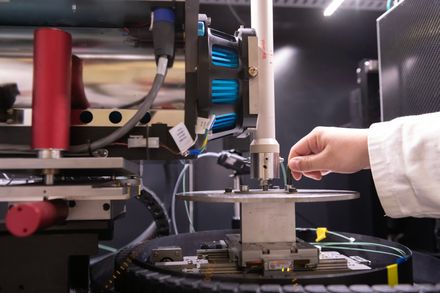BibTex format
@inproceedings{Djabbarov:2016:10.2118/180125-ms,
author = {Djabbarov, S and Jones, ADW and Krevor, S and Muggeridge, AH},
doi = {10.2118/180125-ms},
title = {Experimental and numerical studies of first contact miscible injection in a quarter five spot pattern},
url = {http://dx.doi.org/10.2118/180125-ms},
year = {2016}
}
